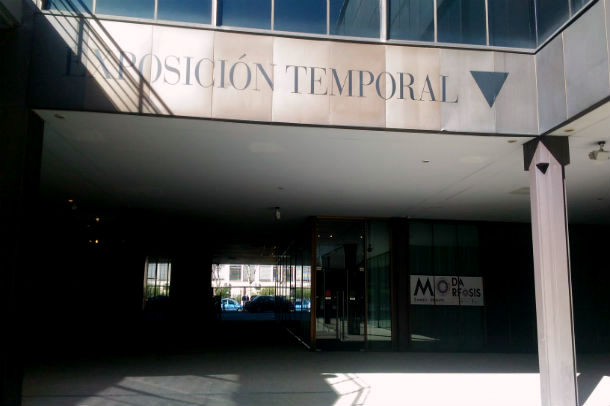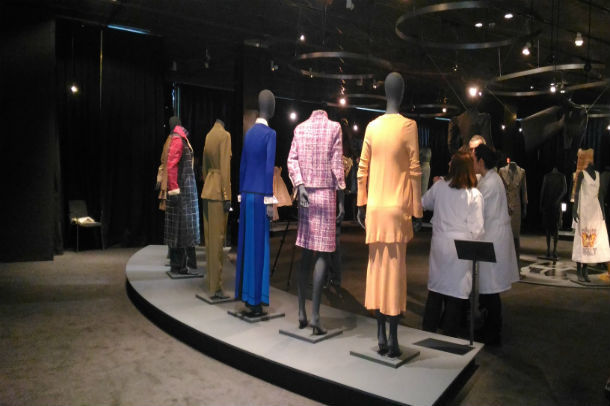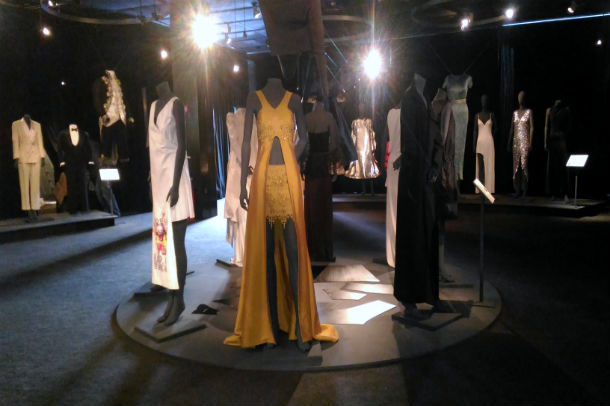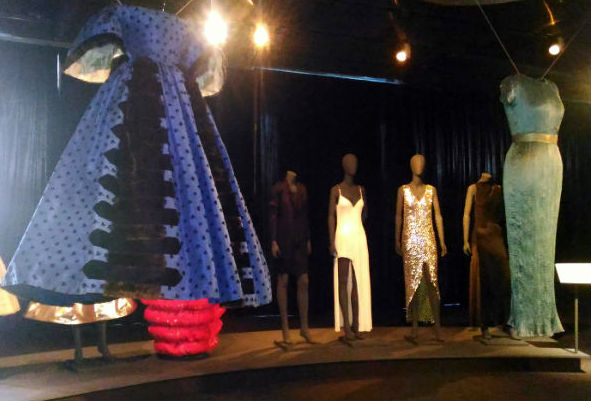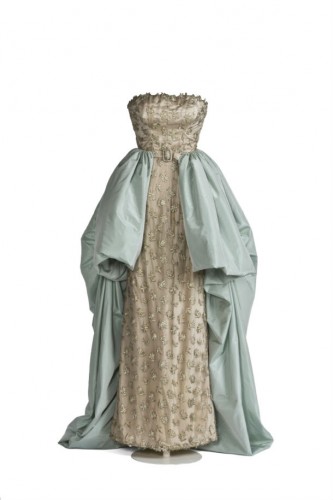Often, when we look at a haute-couture dress, we do nothing but define it as elegant, classic or exaggerated. The truth is that, behind each creation, there is an entire world. Fashion and social change combines, and our way of dressing is also influenced by historical events. In the course of time, the role of women has changed radically, for example. Fashion follows closely behind women’s demands. Can you imagine yourself running to catch the metro with a romantic dress instead of t-shirt and jeans?
From March 3rd to May 29th, the Museo del Traje of Madrid hosts an exhibition that aims to show off how fashion reflects society. Modamorfosis is the emblematic name of the temporary exhibition, which allows viewers to travel back in time. Visitors can admire dresses of the past that help us understand contemporary trends. Moreover, you can visit it for free.
We must congratulate Lucina Llorente and Juan Gutiérrez, the two curators of Modamorfosis: the exhibit is well-finished. Many people have worked on this project and no detail is left to chance. They have created invisible mannequins that allow viewers to admire models in their maximum splendor. There are no glass showcases and the public can see the collection without any barrier. Despite the fact that the room isn’t so big, It hosts forty-nine dresses, with inestimable value.
“The idea for this exhibit is an idea that we have cherished for a long time. As soon as we had the possibility and sufficient funds, we put this exhibit together. It didn’t take much time. Everything was clear in our minds”, explains Lucina Llorente.
Pieces are showcased in a circle: there is no beginning and no end. This choice wasn’t taken without good reason. In fact, it alludes to fashion trends that always return. In Lucina Llorente’s words, girls always hate their mom’s dresses and accessories, but they often love their grandma’s. Fashion is a loop.
“We have chosen nine models. They could be more, but we have selected the more emblematic ones”, continues the curator. Empire style, robe à l’anglaise, man dress, jumpsuit, pantsuit, prêt-à-porter of the roaring twenties, Delphos dress, romantic dress and finally, a deconstructed dress of the 80ies. Nine typologies of dresses invented in the past that have passed through many changes and that we still use now.
Take a jumpsuit as an example. Nowadays almost each girl owns one. Yet, when we buy it at Primark or Zara, we probably ignore that its origin is rooted in the First World War. In effect, when the war broke out, women were forced to take their husbands’ jobs. As a consequence, they dressed like men and jumpsuits became part of women’s wardrobes.
Furthermore, a dress can influence our posture and our way of treating with other people. The dresses of the past were heavier, for instance, and their corsets forced women to stay upright. If we choose a dress with a long trail, people bound to observe us for a longer time.
So, the exhibit is divided in nine parts. Each one consists of a dress hung at the ceiling considered the “inspiration dress”. Below it, visitors can see how stylists have interpreted it and how it has changed during centuries. Curators explain that they had tried to conceive a visual and schematic exposition that people can easily understand.
Giorgio Armani, Pedro Del Hierro, passing through Yves San Laurent, Cristóbal Balenciaga and Thierry Mugler (the stylist of the pop star Lady Gaga). We can admire incredible dresses that we can define, without go too far, real works of art. Some of them are being shown to the public for the very first time, as an eccentric red dress by Ágatha Ruiz de la Prada. Among the collection the Delphos dress of the Spanish fashion designer Mariano Fortuny y Madrazo stands out. He said that a stylist should think as an artist and work as an artisan. His creations are clearly the result of this philosophy.
Guided tours with the two curators will be organized at least once a week. Visiting an exhibition and hearing the explanations of the people that have conceived it, is an incredible opportunity.
If you are in Madrid, visit Modamorfosis. You have time till the end of May. It’s worthwhile. Even the building that hosts the Museo del Traje deserves a visit: it’s designed by the architect Jaime López de Asiaín, who won the National Prize of Architecture for this project.
Where: Museo del Traje
How to get there: Metro station Ciudad Universitaria (line 6)
Connect with us on social media via Twitter, Facebook and Instagram. Your opinion matters!


